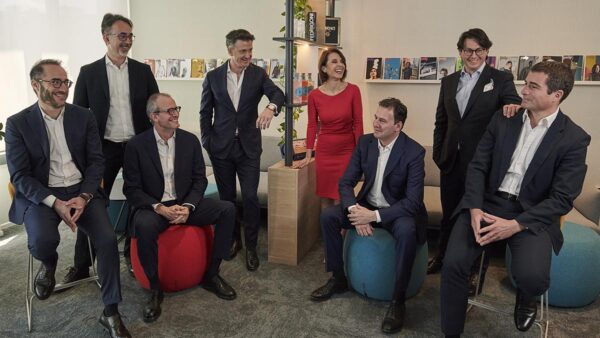
Recycling, biodegradation and compostability. How to choose?
The paper supply chain in Italy is one of the best examples of circular economy: in 2019, the recycling rate reached 81 % of the amount released for consumption, exceeding the 75% target set for 2025, and in line with the 85% target set for 2030.
For years at Fedrigoni the production of all specialty paper families has been made in such a way as to make them recyclable. Given that cellulose fiber is the main element composing each type of paper, recycling is the first and most sustainable procedure to recover this fiber and produce new paper, under an outstanding model of circular economy.
All Fedrigoni Special Papers are also biodegradable and compostable; except for the coated papers where our R&D team is working on.
So what is the difference between recycling, biodegradation and compostable? Let’s talk about it in this Bit on Sustainability!
Bits on Sustainability are written by Fedrigoni Sustainability Team and are part of the Group commitment to spreading a culture of sustainability.












 Read and find out more
Read and find out more